Redis is a storage system. It supports storing relatively more value types, including string (string), list (linked list), set (set), zset (sorted set - ordered set) and hash (hash type). "Maizi Academy's in-depth redis video tutorial" takes you from shallow to deep understanding of this system.
Redis is a key-value storage system. Similar to Memcached, it supports relatively more stored value types, including string (string), list (linked list), set (set), zset (sorted set - ordered set) and hash (hash type). These data types all support push/pop, add/remove, intersection, union, difference, and richer operations, and these operations are all atomic. On this basis, redis supports various different ways of sorting. Like memcached, data is cached in memory to ensure efficiency. The difference is that redis will periodically write updated data to disk or write modification operations to additional record files, and on this basis, master-slave (master-slave) synchronization is achieved.
Redis is a high-performance key-value database. The emergence of redis has largely compensated for the shortcomings of key/value storage such as memcached, and can play a very good supplementary role to relational databases in some situations. It provides Java, C/C++, C#, PHP, JavaScript, Perl, Object-C, Python, Ruby, Erlang and other clients, which is very convenient to use.
Redis supports master-slave synchronization. Data can be synchronized from the master server to any number of slave servers, and the slave server can be a master server associated with other slave servers. This allows Redis to perform single-level tree replication. Saving can write data intentionally or unintentionally. Since the publish/subscribe mechanism is fully implemented, when the slave database synchronizes the tree anywhere, it can subscribe to a channel and receive the complete message release record of the master server. Synchronization is helpful for scalability and data redundancy of read operations.

Video playback address: http://www.php.cn/course/566.html
Difficulties in learning:
Use nosql:
High performance, demand for DB high concurrency rw (web2.0 websites need to generate dynamic pages and provide dynamic information in real time based on user personalized information, so it is difficult to use dynamic pages Static technology, so the concurrency and load requirements of DB are very high, often reaching tens of thousands of rw times per second. Relational DB including distributed clusters can barely withstand tens of thousands of queries (r), but if it can cope with Tens of thousands of SQL write operations, the physical hard disk IO can no longer bear it. For ordinary large BBS websites, there is a need for high concurrency);
huge storage, high-efficiency storage and access requirements for massive data (for large SNS , users generate massive amounts of dynamic data every day. For example, Friendfeed has 250 million user updates a month. For relational DB, it is extremely inefficient to perform SQL queries in a table with 250 million records; user logins of large web sites Systems, such as tencent, shengda, etc., have hundreds of millions of accounts, which are difficult for relational DB to cope with);
high scalability & high availability, high scalability and high availability requirements (in the Internet website architecture, DB is the most It is difficult to expand horizontally. When the number of users and visits to the application system is increasing day by day, it is difficult for DB to expand performance and load capacity simply by adding hardware nodes like web server and app server. For many websites that need to provide 24-hour uninterrupted business It is very painful to upgrade and expand DB, which often requires downtime maintenance and data migration);
nosql removes the following features of relational DB:
Relationship Type DB data transaction consistency requirements (traditional relational DB must maintain DB transaction consistency requirements, so it cannot meet the needs of high concurrency rw);
DB's r real-time and w real-time requirements (for relational DB Query immediately after inserting a piece of data into the DB and it can be found out, but for many web applications, such high real-time performance is not required);
For complex SQL queries, especially multi-table related query requirements ( Any web system with a large amount of data, especially SNS, is very taboo about correlation queries of multiple large tables and complex data analysis type SQL queries. From the perspective of demand and product design, to avoid this situation, it is often more of a single query. For primary key query of a table and simple conditional paging query of a single table, the function of SQL is greatly weakened);
The above is the detailed content of Wheat Academy explains redis in simple terms video material sharing. For more information, please follow other related articles on the PHP Chinese website!
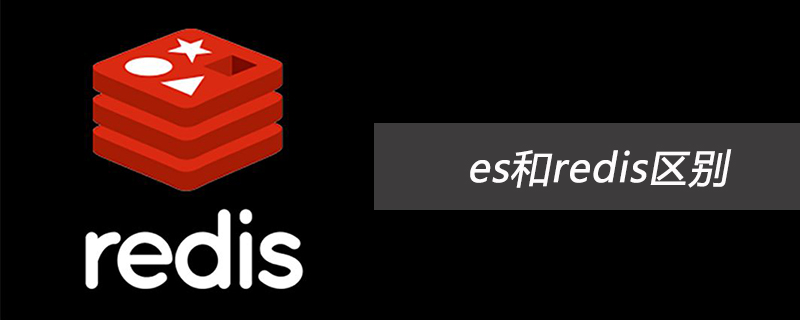 es和redis区别Jul 06, 2019 pm 01:45 PM
es和redis区别Jul 06, 2019 pm 01:45 PMRedis是现在最热门的key-value数据库,Redis的最大特点是key-value存储所带来的简单和高性能;相较于MongoDB和Redis,晚一年发布的ES可能知名度要低一些,ES的特点是搜索,ES是围绕搜索设计的。
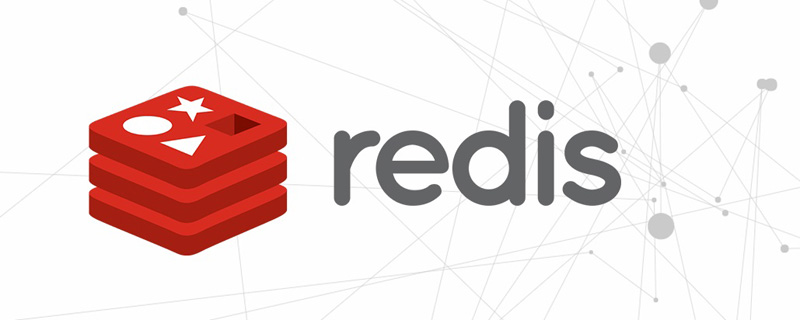 一起来聊聊Redis有什么优势和特点May 16, 2022 pm 06:04 PM
一起来聊聊Redis有什么优势和特点May 16, 2022 pm 06:04 PM本篇文章给大家带来了关于redis的相关知识,其中主要介绍了关于redis的一些优势和特点,Redis 是一个开源的使用ANSI C语言编写、遵守 BSD 协议、支持网络、可基于内存、分布式存储数据库,下面一起来看一下,希望对大家有帮助。
 实例详解Redis Cluster集群收缩主从节点Apr 21, 2022 pm 06:23 PM
实例详解Redis Cluster集群收缩主从节点Apr 21, 2022 pm 06:23 PM本篇文章给大家带来了关于redis的相关知识,其中主要介绍了Redis Cluster集群收缩主从节点的相关问题,包括了Cluster集群收缩概念、将6390主节点从集群中收缩、验证数据迁移过程是否导致数据异常等,希望对大家有帮助。
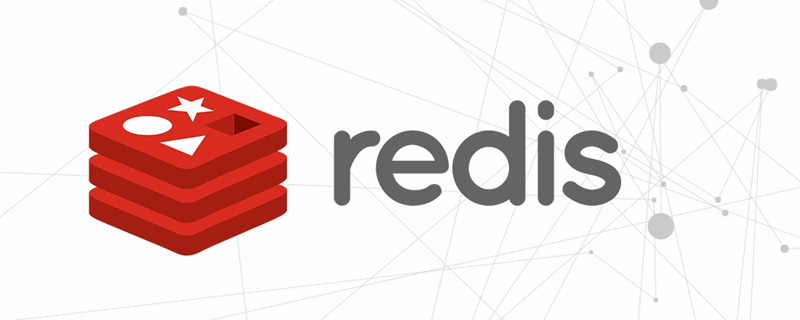 Redis实现排行榜及相同积分按时间排序功能的实现Aug 22, 2022 pm 05:51 PM
Redis实现排行榜及相同积分按时间排序功能的实现Aug 22, 2022 pm 05:51 PM本篇文章给大家带来了关于redis的相关知识,其中主要介绍了Redis实现排行榜及相同积分按时间排序,本文通过实例代码给大家介绍的非常详细,对大家的学习或工作具有一定的参考借鉴价值,希望对大家有帮助。
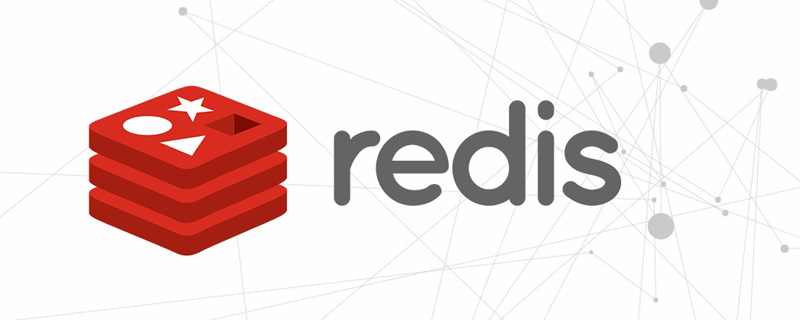 详细解析Redis中命令的原子性Jun 01, 2022 am 11:58 AM
详细解析Redis中命令的原子性Jun 01, 2022 am 11:58 AM本篇文章给大家带来了关于redis的相关知识,其中主要介绍了关于原子操作中命令原子性的相关问题,包括了处理并发的方案、编程模型、多IO线程以及单命令的相关内容,下面一起看一下,希望对大家有帮助。
 一文搞懂redis的bitmapApr 27, 2022 pm 07:48 PM
一文搞懂redis的bitmapApr 27, 2022 pm 07:48 PM本篇文章给大家带来了关于redis的相关知识,其中主要介绍了bitmap问题,Redis 为我们提供了位图这一数据结构,位图数据结构其实并不是一个全新的玩意,我们可以简单的认为就是个数组,只是里面的内容只能为0或1而已,希望对大家有帮助。
 实例详解Redis实现排行榜及相同积分按时间排序功能的实现Aug 26, 2022 pm 02:09 PM
实例详解Redis实现排行榜及相同积分按时间排序功能的实现Aug 26, 2022 pm 02:09 PM本篇文章给大家带来了关于redis的相关知识,其中主要介绍了Redis实现排行榜及相同积分按时间排序,本文通过实例代码给大家介绍的非常详细,下面一起来看一下,希望对大家有帮助。
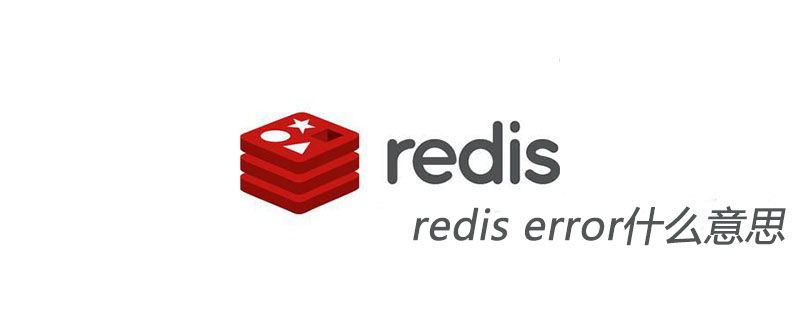 redis error什么意思Jun 17, 2019 am 11:07 AM
redis error什么意思Jun 17, 2019 am 11:07 AMredis error就是redis数据库和其组合使用的部件出现错误,这个出现的错误有很多种,例如Redis被配置为保存数据库快照,但它不能持久化到硬盘,用来修改集合数据的命令不能用。


Hot AI Tools

Undresser.AI Undress
AI-powered app for creating realistic nude photos

AI Clothes Remover
Online AI tool for removing clothes from photos.

Undress AI Tool
Undress images for free

Clothoff.io
AI clothes remover

AI Hentai Generator
Generate AI Hentai for free.

Hot Article

Hot Tools

VSCode Windows 64-bit Download
A free and powerful IDE editor launched by Microsoft

WebStorm Mac version
Useful JavaScript development tools

DVWA
Damn Vulnerable Web App (DVWA) is a PHP/MySQL web application that is very vulnerable. Its main goals are to be an aid for security professionals to test their skills and tools in a legal environment, to help web developers better understand the process of securing web applications, and to help teachers/students teach/learn in a classroom environment Web application security. The goal of DVWA is to practice some of the most common web vulnerabilities through a simple and straightforward interface, with varying degrees of difficulty. Please note that this software

SecLists
SecLists is the ultimate security tester's companion. It is a collection of various types of lists that are frequently used during security assessments, all in one place. SecLists helps make security testing more efficient and productive by conveniently providing all the lists a security tester might need. List types include usernames, passwords, URLs, fuzzing payloads, sensitive data patterns, web shells, and more. The tester can simply pull this repository onto a new test machine and he will have access to every type of list he needs.

Atom editor mac version download
The most popular open source editor





